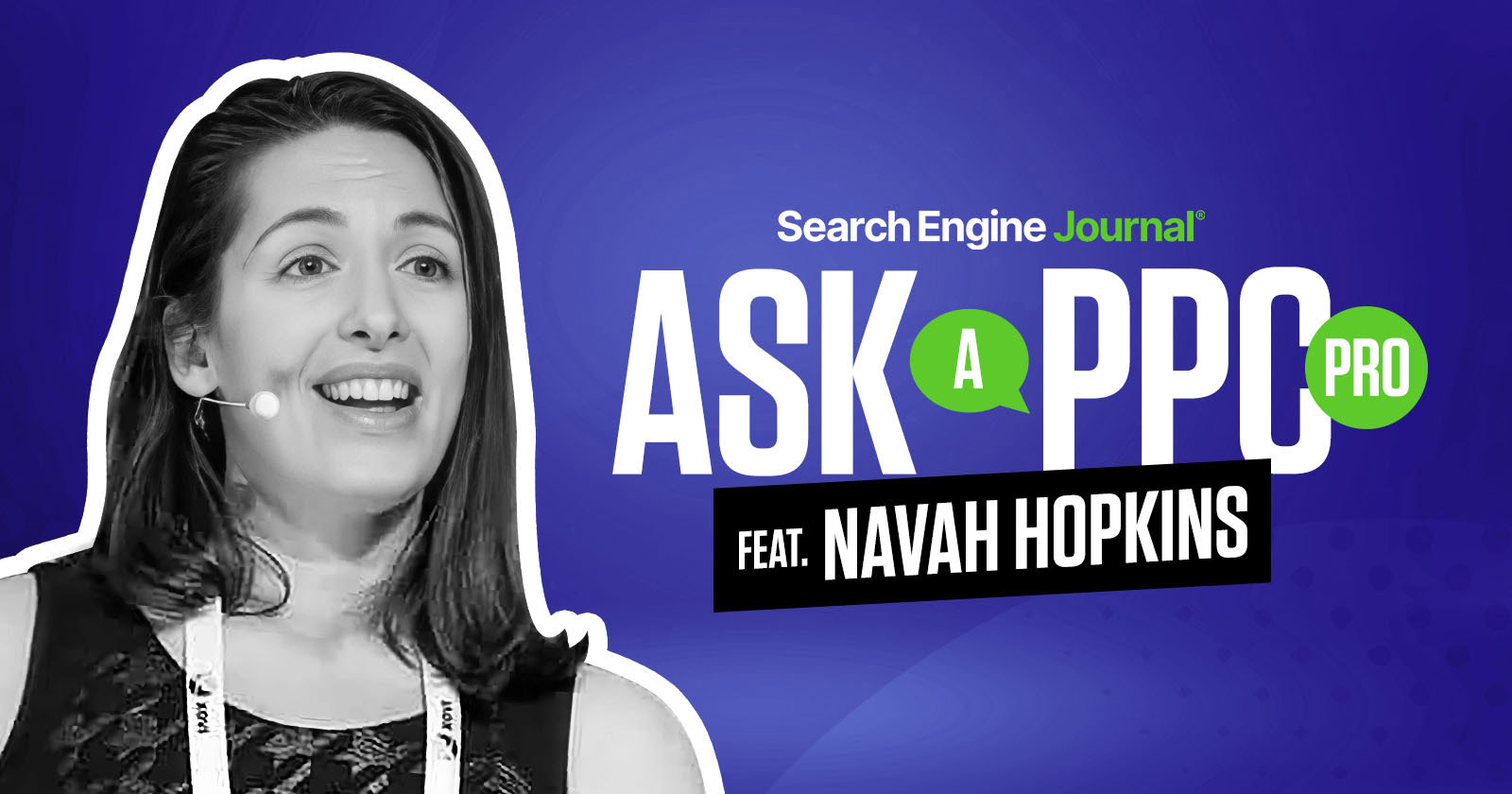
The latest question for Ask A PPC is based on Ad Strength and Creative. It comes from Isha in Delhi, who asks:
“Should extended text ads be paused or kept running as we can’t edit?”
The short answer is the age-old, “It depends.”
However, recent data indicates there may be more value in moving away from expanded text ads.
In this post, we’ll go over:
- The state of expanded text ads (ETAs).
- Reasons to keep them.
- Reasons to pause.
This is a Google-specific perspective. However, the same logic could be applied to Microsoft.
The State Of ETAs
Expanded Text Ads (ETAs) allow users to include three 30-character headlines and two 90-character descriptions.
These ads serve creative in the order specified in the original ad, but they might be truncated based on the search engine result pages (SERP) they served on.
As a general rule, mobile SERPs would only show headlines one and two (with some truncation possible in headline two).
They also were “deprecated” in June of 2022. The quotes exist because – while advertisers can no longer create or edit ETAs – ETAs were allowed to continue running.
This is similar to standard ads (which received the same treatment in September 2017).
As such, there are still a significant number of advertisers using ETAs instead of or in partnership with Responsive Search Ads (RSAs) and Performance Max ads.
While I can’t share a concrete number of how many ETAs are still running, a recent Ad Strength study from Optmyzr found around 20% of advertisers still have some ETAs running in their accounts (~5,000 accounts).
There is no clear answer on ETAs. It truly depends on the state of your business and performance.
Reasons To Keep ETAs
The biggest reason to keep ETAs is they are performing well.
Most agree that 200% ROAS is the baseline for passable performance (i.e., put $1 in and get $2 back). Based on the data, ETAs seem to struggle to meet this:
| Length Bucket | No. Of Ads | CPC | CPA | CTR | Conversion Rate | ROAS |
| 0-20 | 69296 | 1.49 | 34.80 | 5.98% | 4.27% | 159.38% |
| 21-30 | 165899 | 1.78 | 30.52 | 6.61% | 5.83% | 148.83% |
| 31+ | 8964 | 0.91 | 4.93 | 9.00% | 18.42% | 161.40% |
(Data from the Optmyzr Study)
However, if you’re not using conversion values, you might need to use conversion rate and CPA to determine success.
To contrast ETA data, here’s the Optmyzr data for RSAs:
| Heading Length Bucket | No. Of Ads | CPC | CPA | CTR | Conversion Rate | ROAS |
| 0-20 | 92744 | 1.26 | 17.36 | 8.85% | 7.26% | 208.78% |
| 21-30 | 716888 | 2.20 | 30.61 | 7.95% | 7.19% | 181.35% |
| 31+ | 31631 | 1.86 | 40.01 | 7.75% | 4.65% | 224.73% |
While longer ads are close to ETA performance (which makes sense because longer ads are a tactic from the ETA era), it’s clear shorter ads outperform their predecessor.
However, big data doesn’t always translate to your individual performance.
That’s why, it’s critical to establish your own thresholds for performance. If you’re seeing your ad underperform (likely due to not being as eligible for enough SERPs), you may want to make the switch.
It’s important to remember that you can’t “undo” this choice.
Another reason to keep these ads is just so you can have them. Once they’re paused, you’re not getting them back.
Reasons To Pause
The main reason to move away from ETAs is you want the most access to all placements for your search terms.
Google has many different SERPs which can force truncation. Leaning into RSAs and PMax ensures you have the most opportunity to succeed.
Final Takeaway
There is no right or wrong answer on whether to move away from ETAs. However, it is important that you honestly audit your ETAs and confirm they’re still working for you.
Have a question about PPC? Submit via this form or tweet me @navahf with the #AskPPC hashtag. See you next month!
Read the full Ad Strength & Creative Study from Optmyzr.
More resources:
Featured Image: Paulo Bobita/SearchEngineJournal
